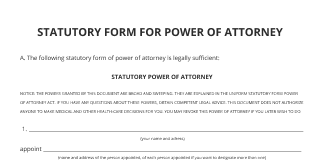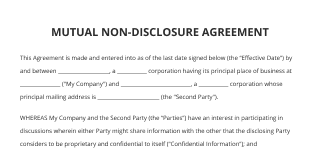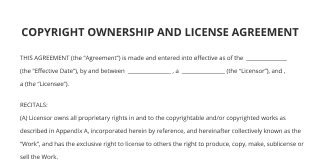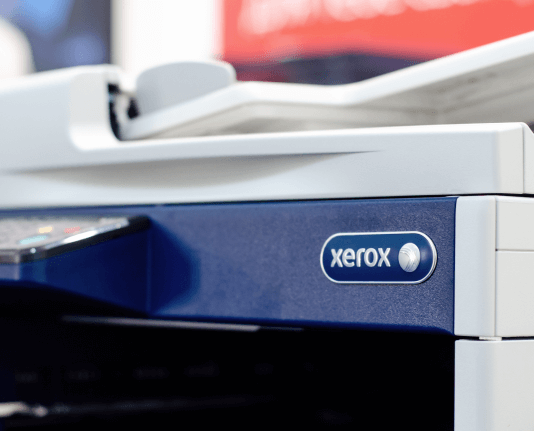Understanding the Difference between Pro Forma Invoice and Invoice
Move your business forward with the airSlate SignNow eSignature solution
Add your legally binding signature
Integrate via API
Send conditional documents
Share documents via an invite link
Save time with reusable templates
Improve team collaboration
See airSlate SignNow eSignatures in action
Understanding Pro Forma Invoices
A pro forma invoice is a preliminary bill of sale sent to buyers in advance of a shipment or delivery of goods. It outlines the expected costs, including item descriptions, quantities, and prices, but it is not a demand for payment. This document serves as a quote and is often used for customs purposes when shipping internationally. Businesses can utilize pro forma invoices to provide transparency to clients about potential costs before the final invoice is issued.
Defining Standard Invoices
A standard invoice is a formal request for payment issued after goods or services have been delivered. It includes detailed information such as the seller's and buyer's contact details, a unique invoice number, payment terms, and a breakdown of products or services provided. Unlike a pro forma invoice, a standard invoice is legally binding and indicates that payment is due. Businesses rely on standard invoices to maintain accurate financial records and ensure timely payments.
Key Differences Between Pro Forma Invoices and Standard Invoices
The primary difference between a pro forma invoice and a standard invoice lies in their purpose and legal standing. A pro forma invoice is not a request for payment; it is an estimate or quote. In contrast, a standard invoice is a formal document that demands payment for goods or services rendered. Additionally, pro forma invoices may not include tax amounts, while standard invoices typically do. Understanding these differences helps businesses manage their billing processes more effectively.
When to Use a Pro Forma Invoice
Pro forma invoices are particularly useful in various scenarios. Businesses may issue them when negotiating contracts, providing cost estimates for potential clients, or shipping goods internationally. They help set clear expectations regarding pricing and can facilitate smoother transactions by ensuring that both parties agree on the costs before the final invoice is issued. Utilizing pro forma invoices can enhance customer relationships by promoting transparency and trust.
When to Use a Standard Invoice
Standard invoices are used once a transaction has been completed and payment is due. They are essential for maintaining cash flow and tracking sales. Businesses should issue standard invoices after delivering products or services to ensure they receive payment promptly. This document serves as a formal record of the transaction and is crucial for accounting and tax purposes, making it an integral part of any business's financial management.
Best Practices for Managing Invoices
Effective invoice management is vital for business operations. Here are some best practices to consider:
- Ensure all invoices are clear and detailed to avoid confusion.
- Use consistent numbering systems for easy tracking.
- Set clear payment terms to encourage timely payments.
- Utilize digital tools for creating, sending, and managing invoices to streamline processes.
- Keep records of all invoices for accounting and tax purposes.
By following these practices, businesses can improve their invoicing processes and enhance their overall financial health.
airSlate SignNow solutions for better efficiency
Our user reviews speak for themselves






Why choose airSlate SignNow
-
Free 7-day trial. Choose the plan you need and try it risk-free.
-
Honest pricing for full-featured plans. airSlate SignNow offers subscription plans with no overages or hidden fees at renewal.
-
Enterprise-grade security. airSlate SignNow helps you comply with global security standards.

Comprehending the distinction between pro forma invoice and invoice
In the realm of business transactions, it is vital to grasp the distinction between pro forma invoice and invoice. A pro forma invoice acts as an initial bill of sale, whereas an invoice is an official request for payment. This guide will assist you in utilizing airSlate SignNow to efficiently enhance your document signing process.
Steps to comprehend the distinction between pro forma invoice and invoice using airSlate SignNow
- Launch your web browser and visit the airSlate SignNow website.
- Create a complimentary trial account or log in to your current account.
- Choose the document you want to sign or send for signatures and upload it.
- If you intend to use this document again, transform it into a reusable template.
- Access your uploaded document and make necessary modifications, such as adding fillable fields or inserting specific details.
- Sign the document and include signature fields for the recipients.
- Click 'Continue' to set up and send an eSignature invitation.
airSlate SignNow provides numerous advantages, including a substantial return on investment due to its comprehensive features in relation to cost. It is crafted to be intuitive and scalable, making it suitable for small to mid-sized enterprises. Moreover, the platform offers transparent pricing without hidden fees and outstanding 24/7 support for all paid plans.
In summary, recognizing the distinction between pro forma invoice and invoice is crucial for efficient business transactions. By employing airSlate SignNow, you can simplify your document signing process. Begin your free trial today and witness the advantages firsthand!
How it works
airSlate SignNow features that users love
Get legally-binding signatures now!
FAQs
-
What is the difference between invoice and pro forma invoice?
Legal and financial implications They're official documents that serve as proof of the transaction and have legal implications. Proforma invoices, however, are not legally binding. They're simply estimates that help you and your potential customers negotiate terms before finalizing a deal.
What active users are saying — difference between pro forma invoice and invoice
Related searches to Understanding the difference between pro forma invoice and invoice
Get more for difference between pro forma invoice and invoice
- Mobile Bill Format PDF Free Download for Customer Support
- Mobile bill format pdf free download for Technical Support
- Mobile Bill Format PDF Free Download for Marketing
- Mobile bill format pdf free download for Logistics
- Mobile Bill Format PDF Free Download for Operations
- Mobile bill format pdf free download for Planning
- Mobile Bill Format PDF Free Download for Purchasing
- Mobile bill format pdf free download for Quality Assurance
Find out other difference between pro forma invoice and invoice
- How do I sign in to my Gmail account seamlessly
- How can I sign in to my Gmail account with airSlate ...
- Experience digital signing protection with airSlate ...
- Enhance your workflow with OneSpan e-signature
- Secure your software with a VeriSign code signing ...
- Secure your documents with signature encryption using ...
- Experience the power of HSM-secured signature for your ...
- Experience the ease of VeriSign electronic sign for ...
- Experience the power of PKI-secured signatures for ...
- Achieve peace of mind with S/MIME secure signature ...
- Enhance your security with PKI digital signatures for ...
- Simplify your signing process with crypto signature
- Secure your documents with a protected PDF signature
- Experience digital signature assurance with airSlate ...
- Experience the power of OneSpan electronic signature ...
- Enhance your documents with a blockchain signature for ...
- Unlock secure transactions with asymmetric encryption ...
- Get your certified PDF sign with ease and confidence
- Unlock the power of signature cryptography for secure ...
- Unlock the power of secure signing technique to ...






























